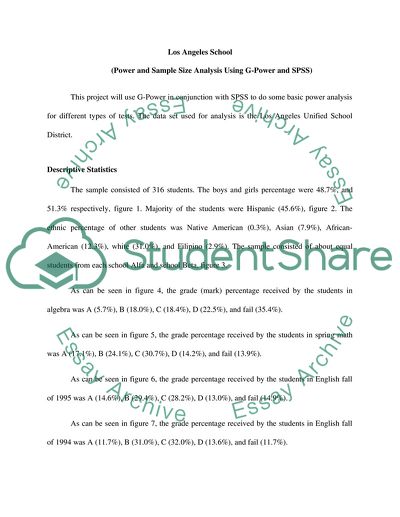Cite this document
(“Applications of Sampling Procedures and Alternatives Assignment”, n.d.)
Applications of Sampling Procedures and Alternatives Assignment. Retrieved from https://studentshare.org/statistics/1726344-applications-of-sampling-procedures-and-alternatives
Applications of Sampling Procedures and Alternatives Assignment. Retrieved from https://studentshare.org/statistics/1726344-applications-of-sampling-procedures-and-alternatives
(Applications of Sampling Procedures and Alternatives Assignment)
Applications of Sampling Procedures and Alternatives Assignment. https://studentshare.org/statistics/1726344-applications-of-sampling-procedures-and-alternatives.
Applications of Sampling Procedures and Alternatives Assignment. https://studentshare.org/statistics/1726344-applications-of-sampling-procedures-and-alternatives.
“Applications of Sampling Procedures and Alternatives Assignment”, n.d. https://studentshare.org/statistics/1726344-applications-of-sampling-procedures-and-alternatives.


